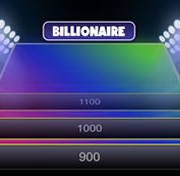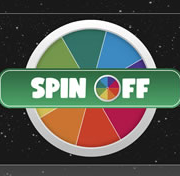Oceans Science Game
This science game helps children practice about oceans. Five oceans exist in the world: Pacific Ocean, Atlantic Ocean (the largest), Atlantic Ocean (2nd-largest), Indian Ocean(Antarctica), Southern Ocean (3rd), Arctic Ocean (1rd), and Southern Ocean (4th). The majority of oceans are composed of salty waters. They make up 70% of the Earth's total surface and 97% of its water. It is important to note that freshwater only represents a small percentage of the water on Earth. For humans and most animals, freshwater is vital for survival. Salinization is a problem in some parts of the globe. Many aquatic species are found in the oceans.
Many theories exist about how the oceans were formed. Most earth scientists support the volcanic outgassing theory. One theory suggests that water vapor from volcanoes millions of years ago condensed into the oceans we see today. How did they get their names? They have so many names.
Pacific
The Pacific Ocean covers more than 30% of the Earth's surface. The Latin name Pacificus, which literally means "peaceful in Latin", is the Latin word for Pacificus. The name Pacific Ocean means peaceful. The Pacific Ocean isn’t peaceful or tranquil. The Pacific Ocean is home to the "Ring of Fire". Many active volcanoes can be found in the Pacific Basin. These are some of the most powerful earthquakes and volcanic eruptions in the world. Challenger Deep is the lowest point on Earth. It can be found near Guam at 10,920m in the Mariana Trench.
Atlantic Ocean
The Atlantic Ocean, a body made up of seawater, covers one-fifth of the Earth's surface. It divides North America, Europe, Africa, and Africa to one side and South America and North America to the other. Its name, the "Sea of Atlas", is derived from Greek mythology. It is second only to the Pacific Ocean in size.
The shape of the Atlantic Ocean is generally an S-shaped one. It is also quite short. Without its dependent seas, the Atlantic Ocean covers an area of approximately 31,568,000 sq. miles (81,760,000km). It covers 32,870,000 square miles. miles (85,133,000km). It has an average depth of 11.962 feet (3.646 meters) and reaches its maximum depth at 27.493 feet (8.380m) in Puerto Rico Trench.
Indian Ocean
The Indian Ocean is one of the largest oceanic divisions. It covers 70,560,000 km2 (or 19.8%) It is bordered to the west and north by Australia, Africa, Asia and Africa. It is bordered by Antarctica and the Southern Ocean to the south.
Southern Ocean
The Southern Ocean, also known as the Antarctic Ocean, is the world's most southern ocean. It lies south of Antarctica at 60° S. It is also the second-smallest oceanic subdivision. It is smaller than the Pacific, Atlantic, and Indian Oceans but it is still larger than the Arctic Ocean. The Southern Ocean has experienced rapid climate change over the past 30 years. These changes have had a significant impact on the marine ecosystem.
The Hadal zone of the oceans: Ecosystems
The hadal zone covers 40 percent of the ocean's surface, even though it is only a small fraction. This zone is conducive to the development of highly specialized life forms. The habitat of the hadal area is not yet fully understood. Amphipods are one example of an animal that can live in such a unique environment.
46 deep trenches run more than 45,000 kilometers in the hadal zone of the oceans. Eighty-four per cent of these are located in the Pacific Ocean. These deep cuts result from the tectonic activity between the Pacific and Eurasian continental plate plates. Although life was once thought impossible without light, it is possible to live in the Hadal Zone. This zone is home to a wide range of creatures, including those who can survive in absolute darkness and near freezing water.










